Polyphenols are generally toxic to microorganisms. In peatlands, scientists thought microorganisms avoided this toxicity by degrading polyphenols using an oxygen-dependent enzyme, and thus that low-oxygen conditions inhibit microbes’ carbon cycling.

news, journals and articles from all over the world.

Polyphenols are generally toxic to microorganisms. In peatlands, scientists thought microorganisms avoided this toxicity by degrading polyphenols using an oxygen-dependent enzyme, and thus that low-oxygen conditions inhibit microbes’ carbon cycling.
Researchers from Chulalongkorn University have made use of forage grass to feed microorganisms and convert the resulting fat into jet fuel. They aim to expand petroleum-based oil replacement production to reduce impacts on human health and the environment.
Medicinal plants are important economic crops and of great value in healthcare industry.
Ammonia-oxidizing microorganisms (AOMs) use ammonia as an energy source while converting it to nitrite and play a pivotal role in the global nitrogen cycle. This study explored whether different AOM species preferred to use urea over ammonia. It found that some AOMs preferred urea while others used ammonia and urea simultaneously.
Utilization of crude glycerol generated as a by-product from biodiesel production process, for the production of high value-added products, represents an opportunity to overcome the negative impact of low glycerol prices in the biodiesel industry. In the present investigation, alternative ways of valorization of crude glycerol have been provided, by using this renewable material as substrate by natural yeasts of the Generally Recognized As Safe (GRAS) species Yarrowia lipolytica.
You’d think the complex flavor in a quality cup of tea would depend mainly on the tea varieties used to make it.
An Indiana University School of Medicine surgeon-scientist is leading a multi-institutional grant investigating the role of the sinus microbiome in chronic rhinosinusitis, an inflammatory disease that causes the lining of the sinuses to swell.
Single Cell Protein (SCP) is an alternative and eco-friendly protein source from microorganisms which can be produced by utilizing agro-industrial wastes. SCP presents multiple applications, including animal feed, human food, packaging and is characterized by a rich nutritional profile.
The community of microbial predators influences the composition of the bacterial community in wastewater. This explains seasonal variations in the microbial community that affect the efficiency of water treatment.
Hangovers are common among people who drink alcohol. Previous research showing that a hangover’s combination of both mental and physical misery can occur after a single episode of alcohol consumption also revealed that a rapid breakdown of alcohol into acetaldehyde is associated with less severe hangovers. Findings from an investigation of the metabolic influence of oral microbiota on hangover severity will be shared at the 46th annual scientific meeting of the Research Society on Alcohol (RSA) in Bellevue, Washington.
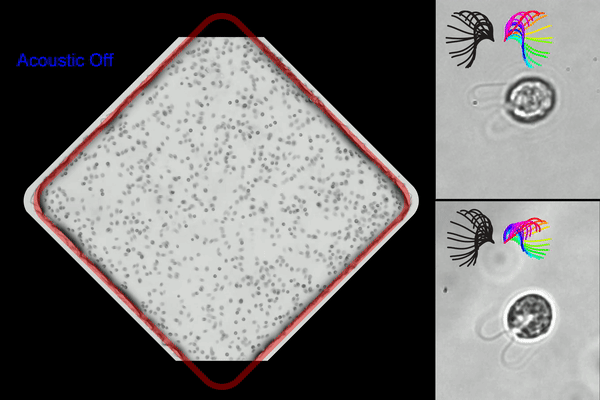
A new acoustic microfluidic method offers opportunities to conduct experiments with swimming cells and microorganisms. With it, ultrasonic waves like those used for imaging are able to hold a cell’s body in place without affecting the way it swims.

There are more than 80,000 sheep and lambs living on over 2,000 farms in New York State. Their wool has many uses including clothing, carpets, furniture, bedding, insulators, fertilizers, and more. However, about 10-15% of wool is wasted during the sorting and cleaning processes. Researchers from Rensselaer Polytechnic Institute are aiming to turn that waste into a new profit source for farmers, and produce an eco-conscious, high-performance yarn in the process.
Finding, cultivating, and bioengineering organisms that can digest plastic not only aids in the removal of pollution, but is now also big business.
There are no plants, and only very few animals: people rarely come here. The large glaciers in Greenland have long been perceived as ice deserts. Gigantic ice sheets where conditions for life are extremely harsh.
The paper ‘Weaponising microbes for peace’ by Anand et al, outlines the ways in which microbes and microbial technologies can be used to tackle global and local challenges that could otherwise lead to conflict, but warns that these resources have been severely underexploited to date.
How do microbes in soil communities interact to release nutrients from material in the soil? Researchers have discovered that microbes able to break down one type of available food, chitin, are critical for the community’s success but do not necessarily grow the fastest. Instead, species with the ability to use a wide range of food sources produced by other members of the community become the most abundant. The researchers also found that individual microbes can change their behavior when grown alone or in the community.
A method for detecting intraspecies genomic diversity of uncultivated bacterial DNA has been developed. This enhanced MAG method’s ability to detect previously overlooked variations focuses on the DNA sequence and structural traits of the genome. The spectrum of microdiversity in environmental bacterial genomes has been found to be broader than expected.
A team of researchers from Chula Faculty of Science in cooperation with the Faculty of Medicine, Khon Kaen University has developed the “Jelly Nata Probiotics” jelly drink made from pineapple to benefit the mental wellbeing of the elderly, add value to pineapple while also solving the oversupply of pineapples.
UC San Diego researchers describe how the microbiomes of people and the homes they live in interact and change each other.
In the largest study of its kind, researchers found that the lower airways in children with cystic fibrosis (CF) have a higher burden of infection, more inflammation and lower diversity of microorganisms, compared to children with other illnesses who also have lung issues. They noted a clear divergence in these bacterial communities in toddlers, which is typically before progressive lung disease takes hold in patients with CF. Their findings, published in the journal PLOS ONE, could help providers target specific pathogens earlier, treat them and potentially prevent more severe lung disease.
Scientists at Cornell University have created cell-size robots that can be powered and steered by ultrasound waves. Despite their tiny size, these micro-robotic swimmers – whose movements were inspired by bacteria and sperm – could one day be a formidable new tool for targeted drug delivery.
The surface of implants, as well as other medical devices, plays a significant role in the adsorption of oral proteins and the colonization by unwanted microorganisms (a process known as biofouling), according to a new study led by the University at Buffalo and the University of Regensburg.
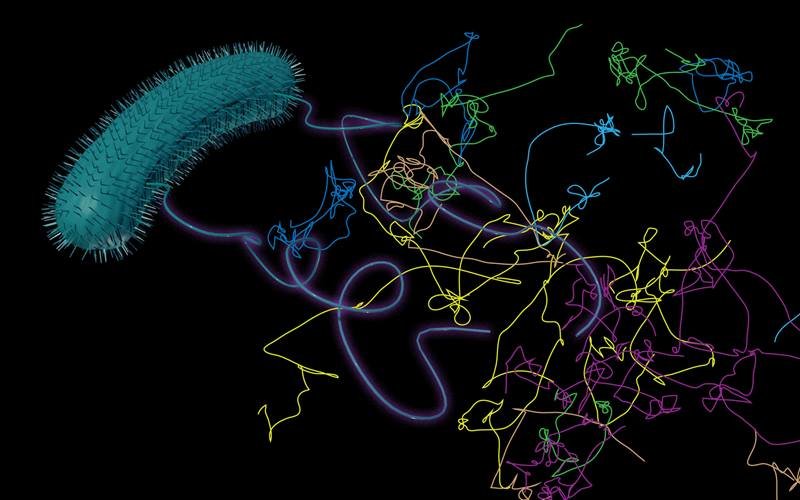
Bacteria in groundwater move in surprising ways. They can passively ride flowing groundwater and can actively move on their own in what scientists call “run and tumble” behavior. Scientists studied two kinds of microorganisms to improve the mathematical models that describe how bacterial run and tumble when transported by groundwater.
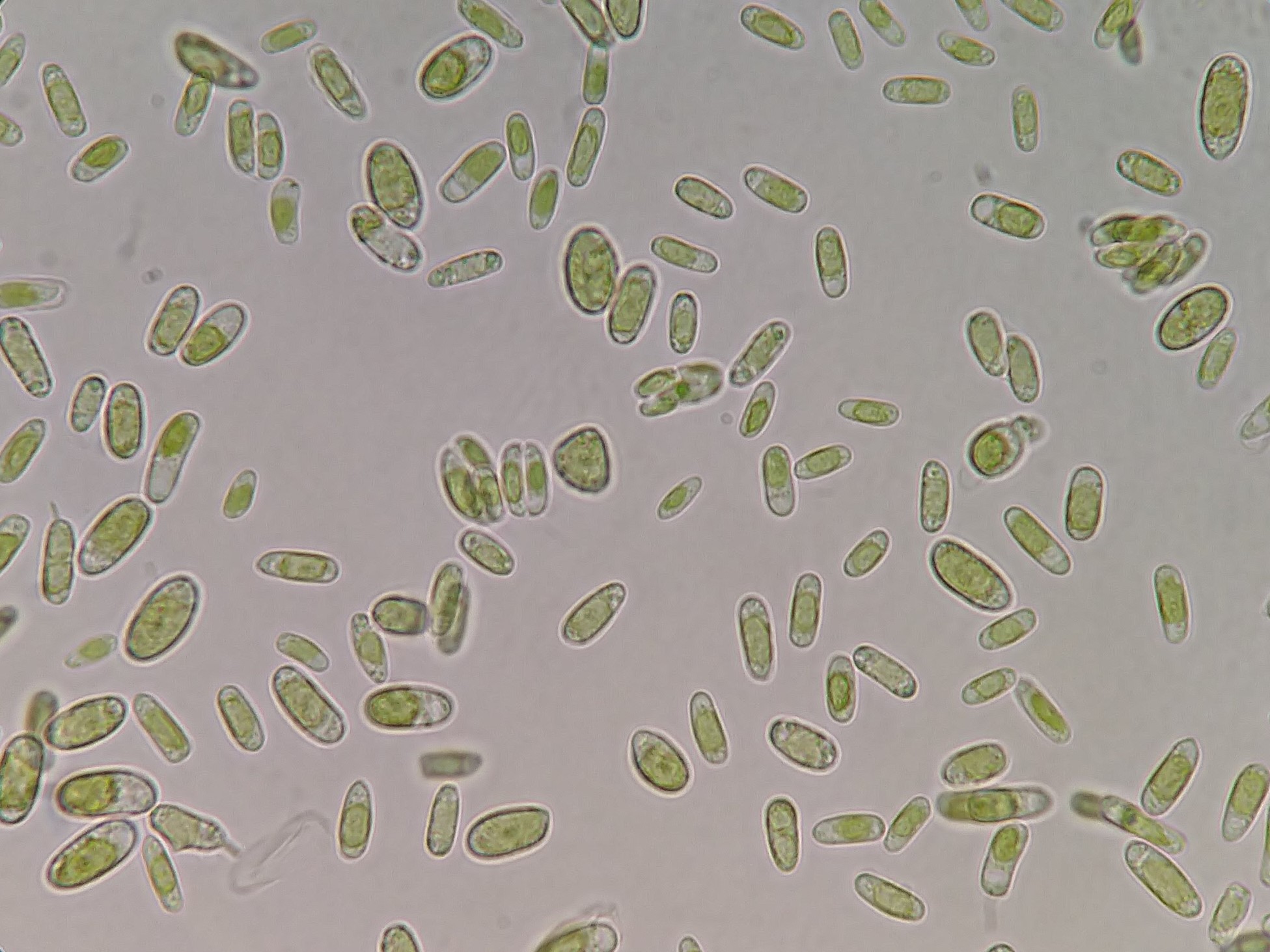
Human health and ecosystems could be affected by microbes including cyanobacteria and algae that hitch rides in clouds and enter soil, lakes, oceans and other environments when it rains, according to a Rutgers co-authored study.

Two Pacific Northwest National Laboratory researchers, one a world-leading authority on microorganisms and their impact on soil and human health, and the other an expert on coastal ecosystem restoration, have been elected fellows of the American Association for the Advancement of Science.
Hertz Fellow Cheri Ackerman, Cofounder and CEO of Concerto Biosciences, has received the Hertz Foundation’s Harold Newman and David Galas Entrepreneurial Initiative Award. She plans to use the $25,000 grant to help her company find solutions for human health and agriculture using unique ensembles of microbes.
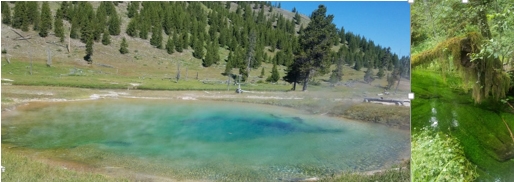
Organisms in phototropic microbial communities survive by exchanging oxygen and carbon dioxide with each other. Using a combination of computational modeling and experiments, researchers found that two different kinds of microorganisms can coexist in either in a cooperative or competitive fashion depending on resource availability, the environment, and the microorganisms’ genetic background.

By studying how the tiniest organisms in the Atacama Desert of Chile, one of the driest places on Earth, extract water from rocks, researchers at the Johns Hopkins University, University of California, Irvine, and U.C. Riverside revealed how, against all odds, life can exist in extreme environments.
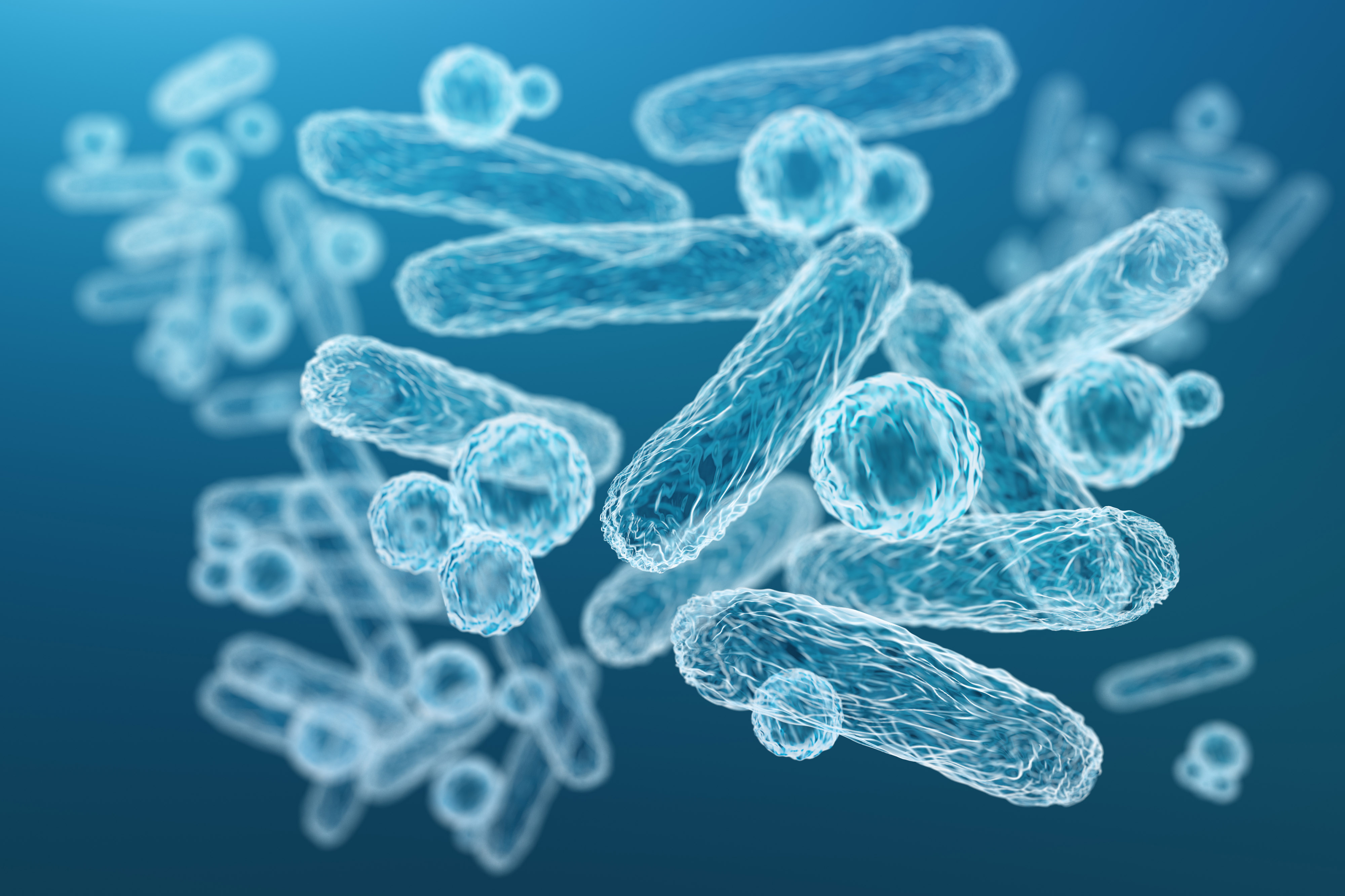
An instrument currently aboard the International Space Station could grow E.coli bacteria in space, opening a new path to bio-manufacturing drugs during long term space flights.

Rutgers student Julia Van Etten, whose @Couch_Microscopy Instagram page garnered more than 25,000 followers by showcasing microorganisms as art, is now working with NASA on research into how red algae can help explain the origins of life on Earth.
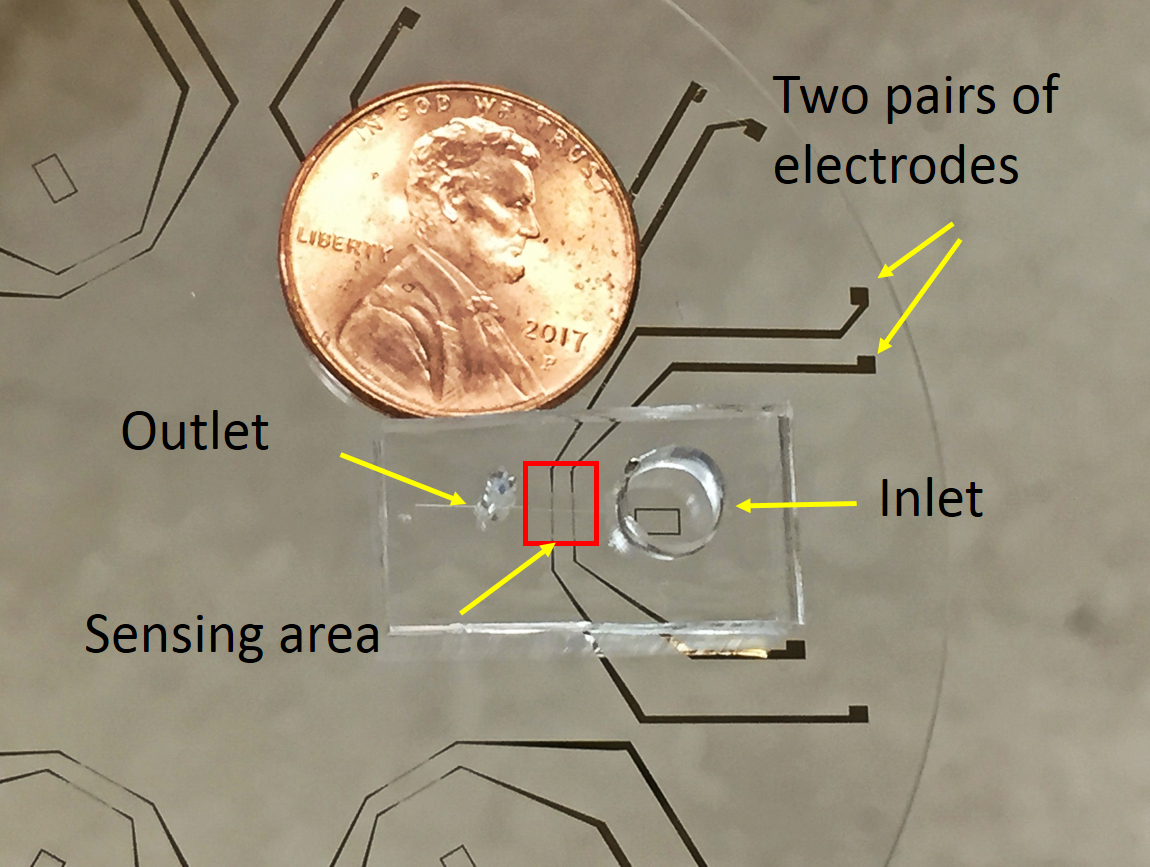
Imagine a device that could swiftly analyze microbes in oceans and other aquatic environments, revealing the health of these organisms – too tiny to be seen by the naked eye – and their response to threats to their ecosystems. Rutgers researchers have created just such a tool, a portable device that could be used to assess microbes, screen for antibiotic-resistant bacteria and analyze algae that live in coral reefs. Their work is published in the journal Scientific Reports.
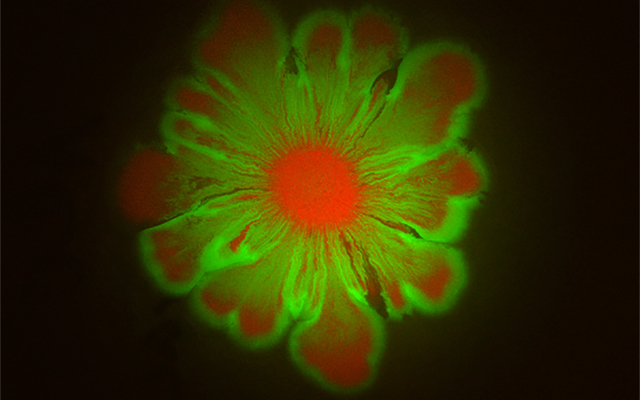
Researchers at University of California San Diego have discovered that when certain microbes pair up, stunning floral patterns emerge.
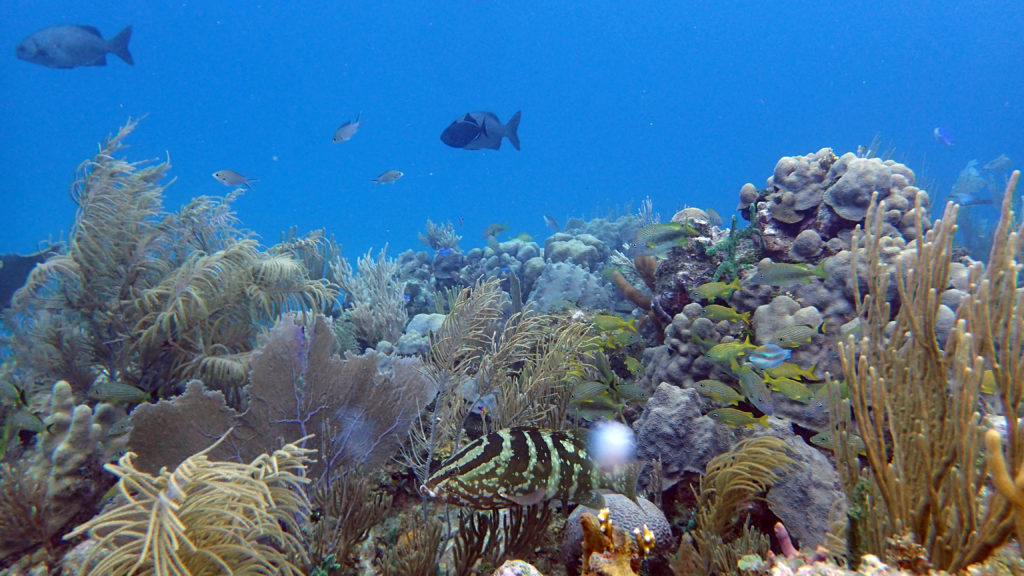
Microorganisms play important roles in the health and protection of coral reefs, yet exploring these connections can be difficult due to the lack of unspoiled reef systems throughout the global ocean. A collaborative study led by scientists at the Woods Hole Oceanographic Institution (WHOI) and the Centro de Investigaciones Marinas – Universidad de La Habana (CIM-UH) compared seawater from 25 reefs in Cuba and the U.S. Florida Keys varying in human impact and protection, and found that those with higher microbial diversity and lower concentrations of nutrients and organic carbon—primarily caused by human activities—were markedly healthier.